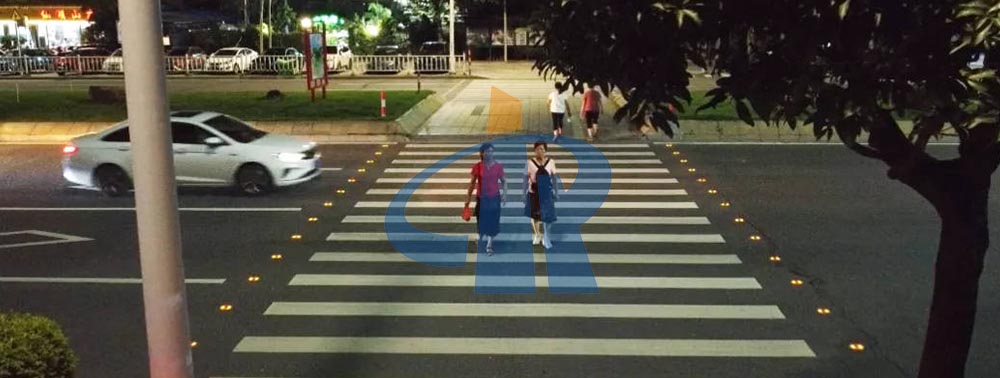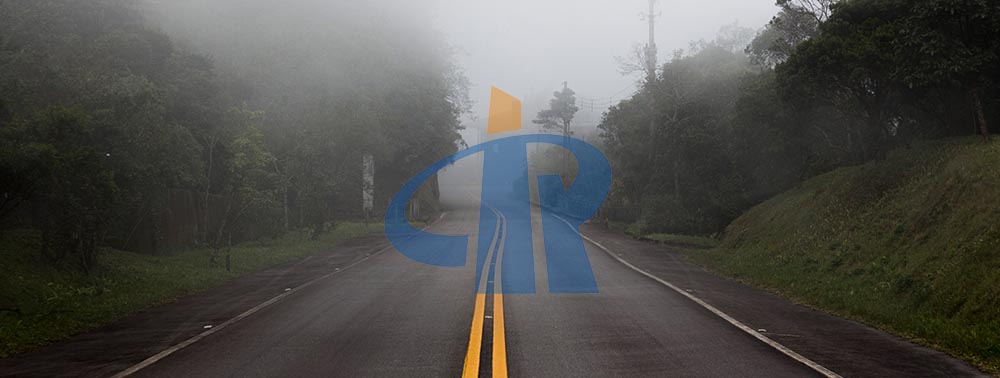I had a chance to discuss with a friend how to drive on a road with a "yellow dotted and solid line" drawn on the road. I thought that the traffic knowledge learned in driving school should be agreed soon by everyone, but to my surprise, many of my friends didn't know what the "yellow dotted and solid line" meant, and some of them were old drivers. So today I'm going to talk to you about what the traffic signs that are common in our daily life mean.

Ground markings:
The function of the ground marking is to inform the driver of the regulations such as passage, prohibition and restriction of road traffic. According to traffic lights, traffic signs, Solar Studs, drivers and pedestrians must strictly abide by them. We will share with you several important ground markings below.
Solid white line:
The solid white line is used to distinguish different lanes in the same direction, that is to say, everyone is driving in the same direction, pay attention! Do not cross the solid white line while driving.
Solid yellow line:
The solid yellow line is used to distinguish lanes in different directions. It is generally drawn in the middle of the road, like an isolation belt, dividing the road into two directions. It is specially stated here that no matter whether it is a single yellow line or a double yellow line, as long as it is a solid line, it is strictly forbidden to cross under normal circumstances, such as overtaking, turning, U-turn, etc. are not allowed.

Single/Double Yellow Dotted Line:
As I said just now, the role of the yellow line is to distinguish lanes in different directions, but no matter whether it is a single yellow line or a double yellow line, as long as it is a dotted line, you can overtake or make a U-turn while ensuring safety. Generally, this kind of yellow dotted line will appear on narrow roads. For example, two-way two-lane lanes in mountainous areas will draw this kind of markings. While distinguishing different directions, it also allows vehicles to overtake on the road.
Solid yellow line:
Which side of the dotted line is on, the vehicle on that side can temporarily cross from now on, such as overtaking, turning and U-turn; on the side of the solid line, overtaking is not allowed.

Solid white line:
Generally, it is painted at the place where ramps and bridges merge into the main road. Vehicles on the side of the dotted line are allowed to merge, but vehicles on the side of the dotted line are not allowed to overtake.
Slow down prompt line:
The appearance of this kind of marking line means that there are special circumstances ahead, and our drivers need to slow down in advance to avoid pedestrians or let the vehicles on the main road go first, and this deceleration prompt line has many manifestations.
No-stop line:
Yellow mesh stripes are generally used in front of important units and departments, and vehicles are prohibited from parking inside. If there is no guardrail in this area, it is possible to turn around.


